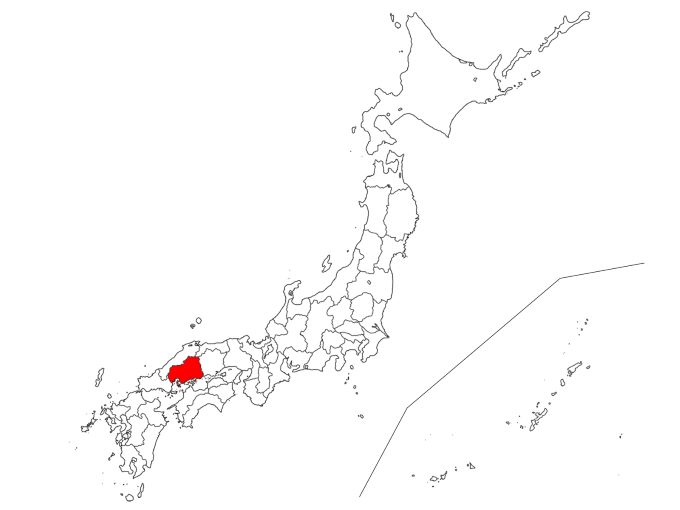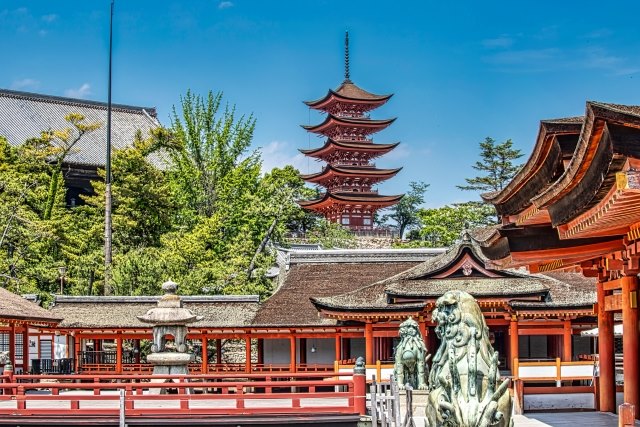Contents
1.Basic Information
Hiroshima Prefecture is home to historical sites ranging from the medieval era, such as Itsukushima Shrine, Hiroshima Castle, and Fukuyama Castle, to modern historical attractions like the Atomic Bomb Dome and the Yamato Museum. Particularly, Itsukushima Shrine and the Atomic Bomb Dome, due to their historical significance, have been designated as World Heritage Sites, attracting tourists from all over the world.
Hiroshima Castle (Hiroshimajyo)
Hiroshima Castle was built in 1589 by the feudal lord Mori Terumoto. Strategically located for water and land transportation, it was later used by the Fukushima and Asano clans. During the Meiji era, the castle tower and some buildings were preserved. However, they were destroyed in the atomic bombing of 1945. Rebuilt in 1958, the castle now functions as a museum showcasing Hiroshima’s history.
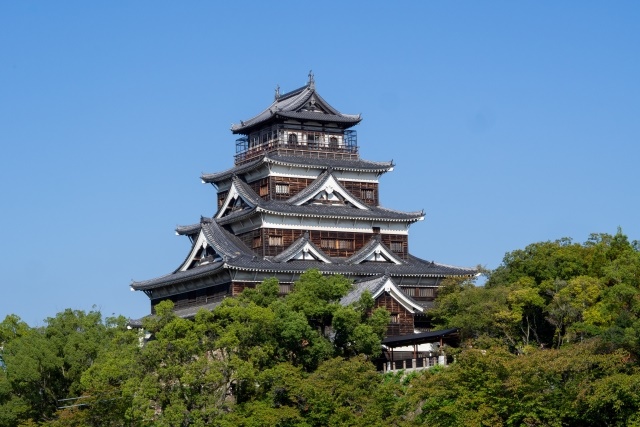
Fukuyama Castle (Fukuyamajyo)
Visible even from the Shinkansen platform, Fukuyama Castle was built in 1622 by Mizuno Katsunari, a relative of Tokugawa Ieyasu. The castle tower houses a museum detailing Fukuyama’s history, with exhibits including writings, armor, and artifacts from ancient to medieval times.
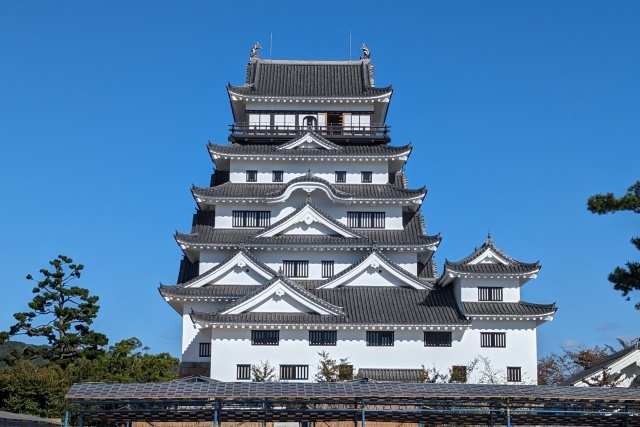
Shukkeien
A representative garden of Hiroshima, Shukkeien was created in 1620 by the first lord of Hiroshima, Asano Nagaakira, as a garden for his villa. Modeled after China’s West Lake, it’s a strolling garden featuring a pond, mountains, bridges, and tea houses. During autumn, the garden is lit up, providing a breathtaking view.
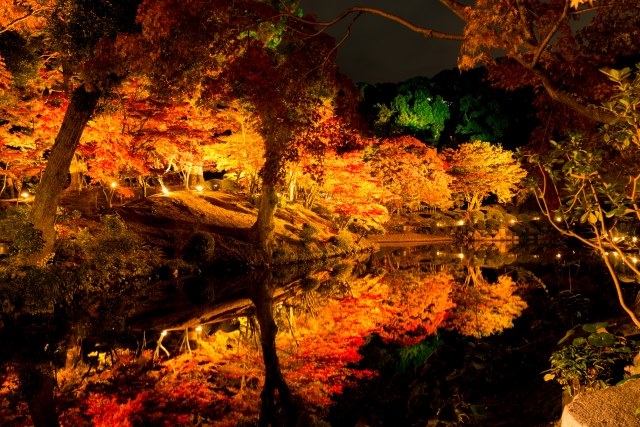
Atomic Bomb Dome (Genbaku Dome)
The Atomic Bomb Dome, a symbol of peace in Hiroshima, suffered devastating damage from the atomic bomb dropped by an American B29 bomber on August 6, 1945. Designed by Czech architect Jan Letzel in 1915, it originally served as the Hiroshima Prefectural Industrial Promotion Hall. The building, primarily brick with a five-story central staircase and an elliptical dome, was heavily damaged in the bombing, and all inside perished. The ruins, now called the Atomic Bomb Dome, became a World Heritage Site in 1996, symbolizing the horrors of nuclear war and a wish for peace. It remains as it was at the time of the bombing, leaving a profound impact on visitors.
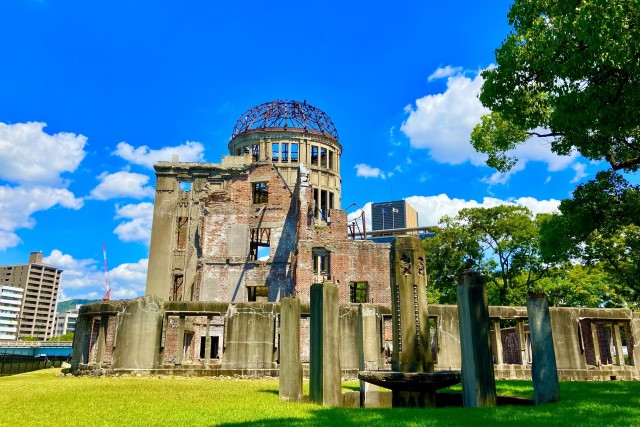
Itsukushima Shrine (Itsukushimajinjya)
Founded in 593 and reconstructed in 1168 by Taira no Kiyomori, Itsukushima Shrine has been faithfully rebuilt after a 13th-century fire, preserving Heian and Kamakura period architectural styles. Recognized for its exceptional scenic and historical value, it was designated a World Cultural Heritage site in 1996. The shrine’s majestic architecture, combined with the Seto Inland Sea and the natural beauty of Mount Misen, creates a mystical atmosphere.
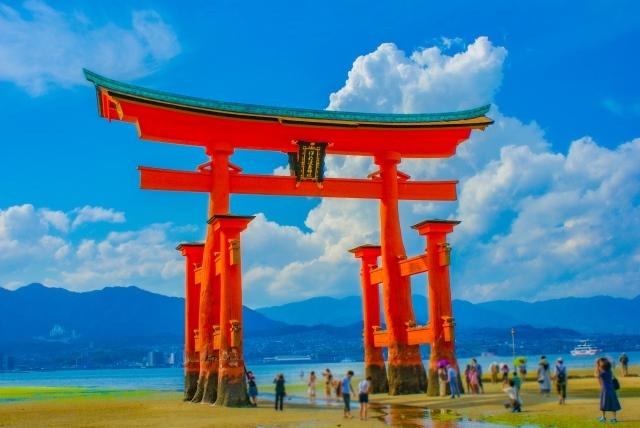
Misen
Mount Misen, a sacred mountain 535 meters high, was opened by Kobo Daishi about 1200 years ago and is worshipped as a deity in Miyajima. The mountain, part of a World Heritage site, is popular for its primitive forest and mystical spots. Visitors can enjoy breathtaking views from the summit and visit the Reikado Hall, where a fire lit by Kobo Daishi has been burning for 1200 years, known as the “eternal flame.”
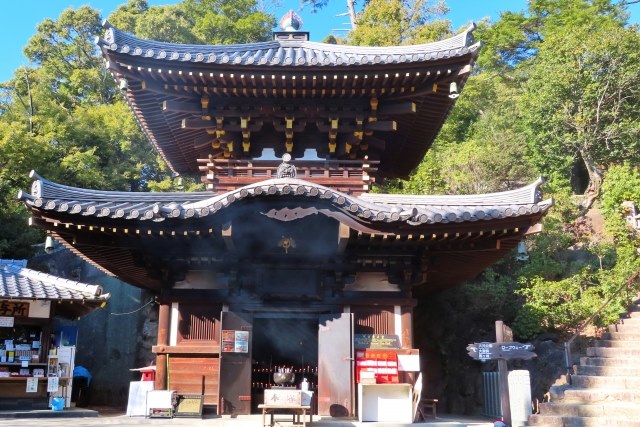
Daishoin
Daishoin, Miyajima’s oldest temple, was founded in 806 by Kukai (Kobo Daishi). Located about a 5-minute uphill walk from Itsukushima Shrine, it has been visited by historical figures like Toyotomi Hideyoshi and Ito Hirobumi, as well as emperors and the Dalai Lama in 2006.
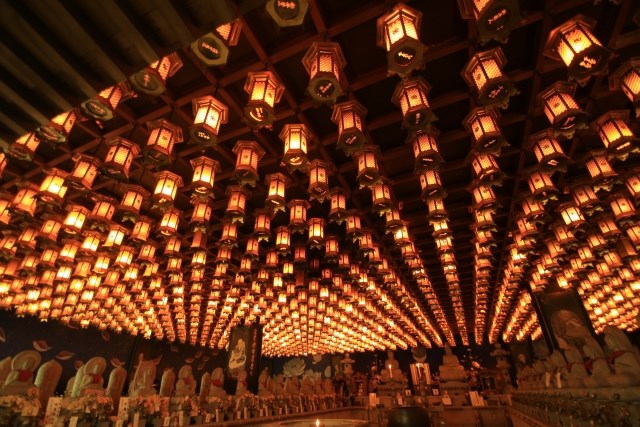
2.Reviews
Yamato Museum
Kure City in Hiroshima Prefecture, once a major city as a key naval base, built battleships like the Yamato. Opened in 2005, the Yamato Museum features a 1/10th scale model of the battleship Yamato. The museum showcases actual Zero fighters and the site of the dock where the Yamato was built.
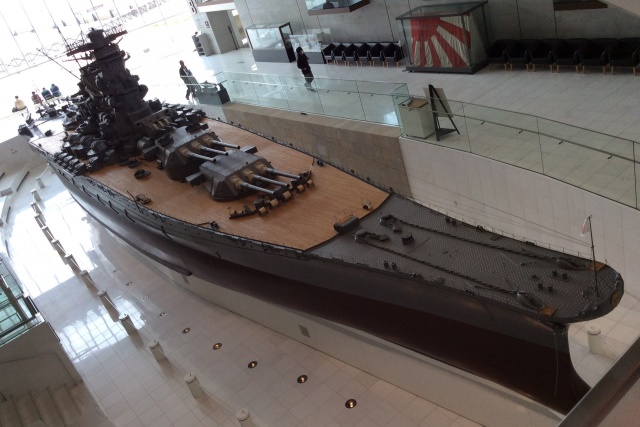
Iron Whale Museum
Opposite the Yamato Museum, the Iron Whale Museum, a Maritime Self-Defense Force historical museum, displays various artifacts, including real mines and their removal devices. Visitors can also board the submarine “Akishio.”
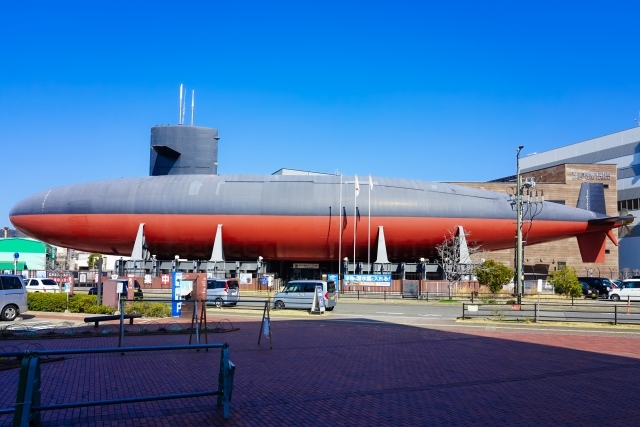
Okunoshima
A small island reachable by a 15-minute boat ride from Takehara City, Okunoshima is about 4km in circumference. During World War II, it housed a poison gas factory and was removed from maps. Now a national park, it’s known for its population of 500-600 rabbits and attracts tourists worldwide. Activities include camping, cycling, tennis, and fishing. In summer, there are swimming beaches and an outdoor pool. A poison gas museum and visitor center provide insights into the island’s history.
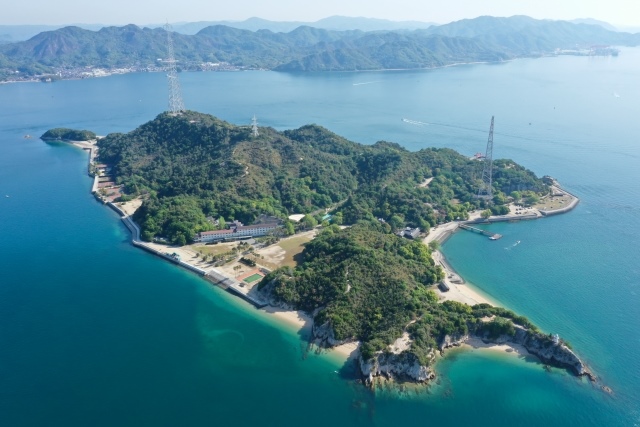
3.Local Food



4.Transportation Information
How to Get to Hiroshima
Hiroshima Prefecture Tourism Federation Official Site (Multilingual)
https://dive-hiroshima.com/feature/for-foreigners/
5.Map Information
